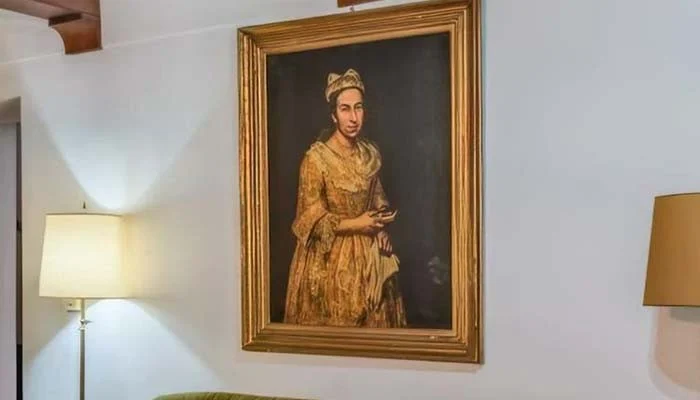A remarkable chapter in the long history of looted art has resurfaced in Argentina, where an 18th-century painting titled “Portrait of a Lady” by Italian artist Giuseppe Ghislandi has been recovered nearly 80 years after being stolen by the Nazis during World War II. The recovery sheds light on both the dark legacy of wartime art theft and the persistence of cultural heritage preservation efforts across continents.
From Dutch Ownership to Nazi Theft
The painting was once part of the collection of Jacques Goudstikker, a Dutch-Jewish art dealer whose holdings were seized by the Nazis after their occupation of the Netherlands. Goudstikker’s collection was among the most sought-after during the war, making it a prime target for Nazi looters who plundered thousands of valuable works.
The theft of “Portrait of a Lady” represents a small but significant part of the larger tragedy that befell Jewish art collectors across Europe. For decades, the painting remained unaccounted for, its whereabouts shrouded in mystery.
A Real Estate Listing Unveils the Hidden Artwork
The breakthrough came when the artwork unexpectedly appeared in a real estate listing in Mar del Plata, Argentina. The listing was posted by the daughter of Friedrich Kadgien, a Nazi officer who fled to Argentina after World War II. The presence of the painting in her home suggested it had been quietly preserved within the family for decades, away from public knowledge.
Investigators discovered that the piece had been treated as part of the Kadgien household’s private possessions, with little acknowledgment of its troubling origins. The listing, however, inadvertently exposed its presence to authorities, leading to further inquiry.
Argentine Authorities Seize the Painting
Following a series of police raids, Argentine officials successfully recovered the Ghislandi painting. Alongside this major find, authorities placed Kadgien’s daughter and her husband under house arrest, charging them with concealment and obstruction of justice. The case illustrates how looted artworks often remain hidden in private collections, passed down across generations, only to reemerge decades later under unexpected circumstances.
The seizure underscores Argentina’s ongoing efforts to cooperate in matters of international justice and cultural restitution. The country has a historical link to post-war migration of former Nazi officials, many of whom fled Europe and settled in South America, often bringing stolen possessions with them.
Cultural Heritage and Global Significance
The recovery of “Portrait of a Lady” is not only a legal victory but also a symbolic one. Each restored artwork represents a step toward correcting historical injustices and returning cultural heritage to its rightful place. Art experts stress that every case of restitution carries weight far beyond the object itself, as it preserves memory, acknowledges loss, and restores dignity to those who suffered under Nazi persecution.
This discovery in Mar del Plata reinforces the global importance of vigilance in tracking and reclaiming stolen art. The journey of Ghislandi’s masterpiece highlights how cultural treasures, even when hidden for nearly a century, can eventually be rediscovered and reclaimed.
Topics #Argentina art seizure #Giuseppe Ghislandi painting #Jacques Goudstikker collection #Nazi looted art recovery #Portrait of a Lady #trending pakistan




